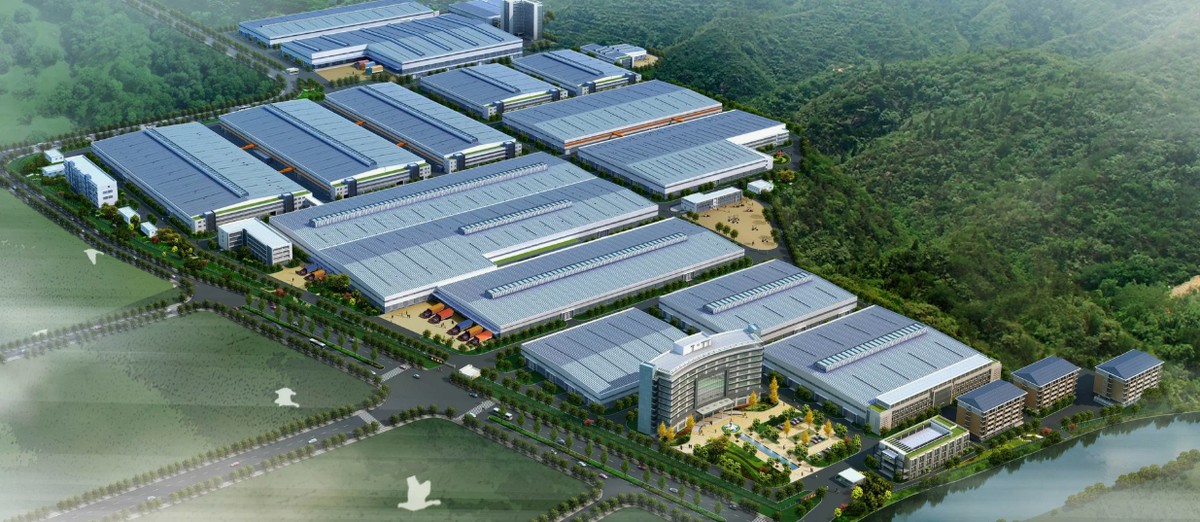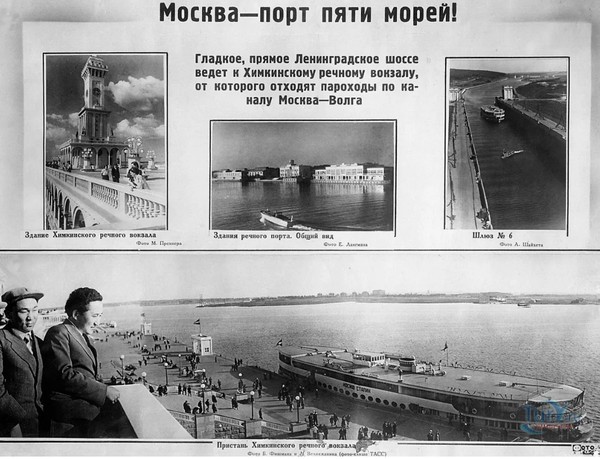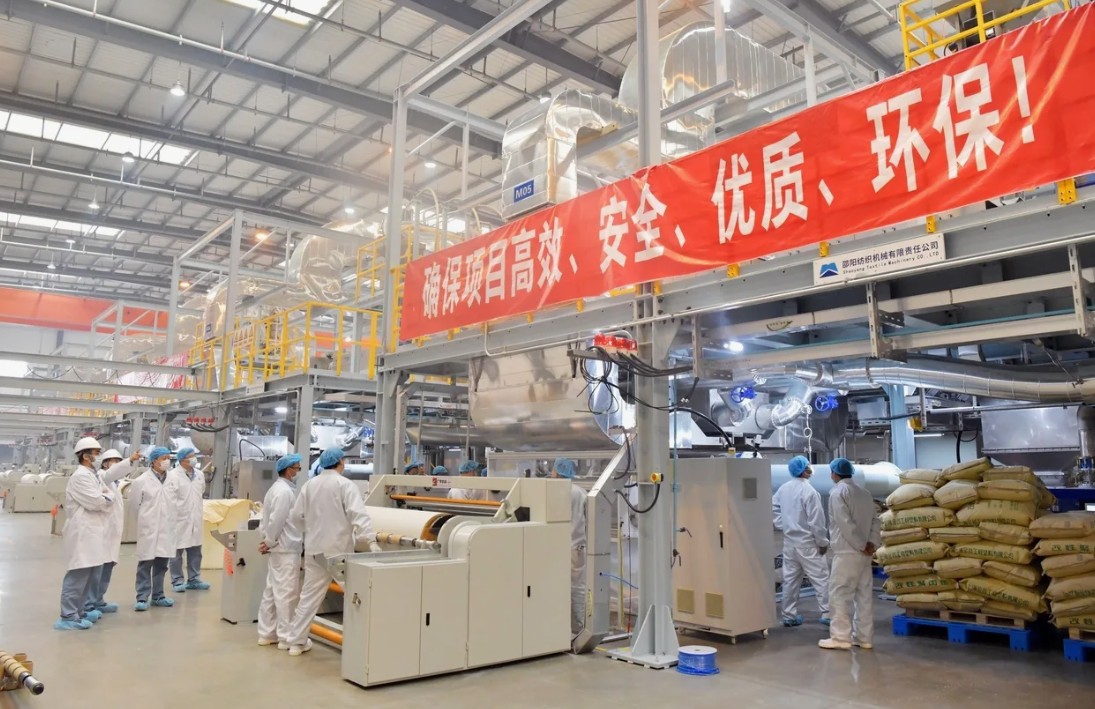Robotized lines start at $500,000—and that's just the entrance fee.
Automation promises efficiency, but the math is brutal. A robotized production line can cost $500,000 to install, and that’s before training, service, software, and constant updates. That upfront price can stall many Western plants from moving quickly to full automation. In practice, Western factories often face a long, expensive road to modernize, while Chinese plants still rely heavily on people because labor remains cheaper and more flexible, especially when products are not highly complex. This isn’t just about gadgets. It’s a calculation of time, risk, and the willingness to bet on a future that may take years to pay off.

In This Article:
- In China, dozens of workers handle tasks Europe would robotize, because labor is still cheaper.
- Flexibility matters: changing fixtures beats reprogramming a robot.
- Culture and scale shape the math: the West treats automation as a status symbol; China relies on pragmatic labor and a colossal domestic market.
- The future isn't all-or-nothing: automation will add value where it pays—and mass consumer goods still rely on cheap labor today.
In China, dozens of workers handle tasks Europe would robotize, because labor is still cheaper.
In Chinese factories, you’ll find dozens of workers on the line performing tasks that would already be automated in Europe. This isn’t about failing technology—it’s about cost. Labor in China remains cheaper, and volumes are large enough to justify keeping people on the line for many products. When the products are simple—think T-shirts, headphones, plastic parts—the per-unit savings from automation rarely outweigh the ongoing cost of expensive robots and software.

Flexibility matters: changing fixtures beats reprogramming a robot.
A robot can’t easily switch from one form to another. Reprogramming, new tooling, and downtime add cost and delay. In Shenzhen and other Chinese hubs, teams simply swap fixtures or tooling and keep production moving. The human workforce adapts quickly, and the changeover is faster and cheaper than retraining or redeploying an automated line. That flexibility lets manufacturers meet demand, adjust to new designs, and keep exports flowing while Western plants wrestle with the inertia of automation.

Culture and scale shape the math: the West treats automation as a status symbol; China relies on pragmatic labor and a colossal domestic market.
Automating a factory in the West is often framed as a prestige project—“the digital factory” and “all‑smart.” In China, pragmatism rules: if it works, you keep it, and you don’t rush to replace reliable labor with expensive machines. Add to that China’s enormous domestic market, which makes a ready supply of workers a resource. The result is a production landscape where cheap, skilled labor, not expensive robots, can win on volume and consistency.

The future isn't all-or-nothing: automation will add value where it pays—and mass consumer goods still rely on cheap labor today.
China is moving toward automation where a robot really pays off, but it does so gradually and smartly. In many segments of mass consumer production, cheap, reliable human labor remains cheaper and more adaptable than a costly, complex automated line. Meanwhile, Western mass production often remains expensive and slow to automate. Robots will be essential in niche applications—microchips, auto manufacturing, and other high‑precision sectors—but the everyday consumer goods belt is still powered by people, not machines, for now.

